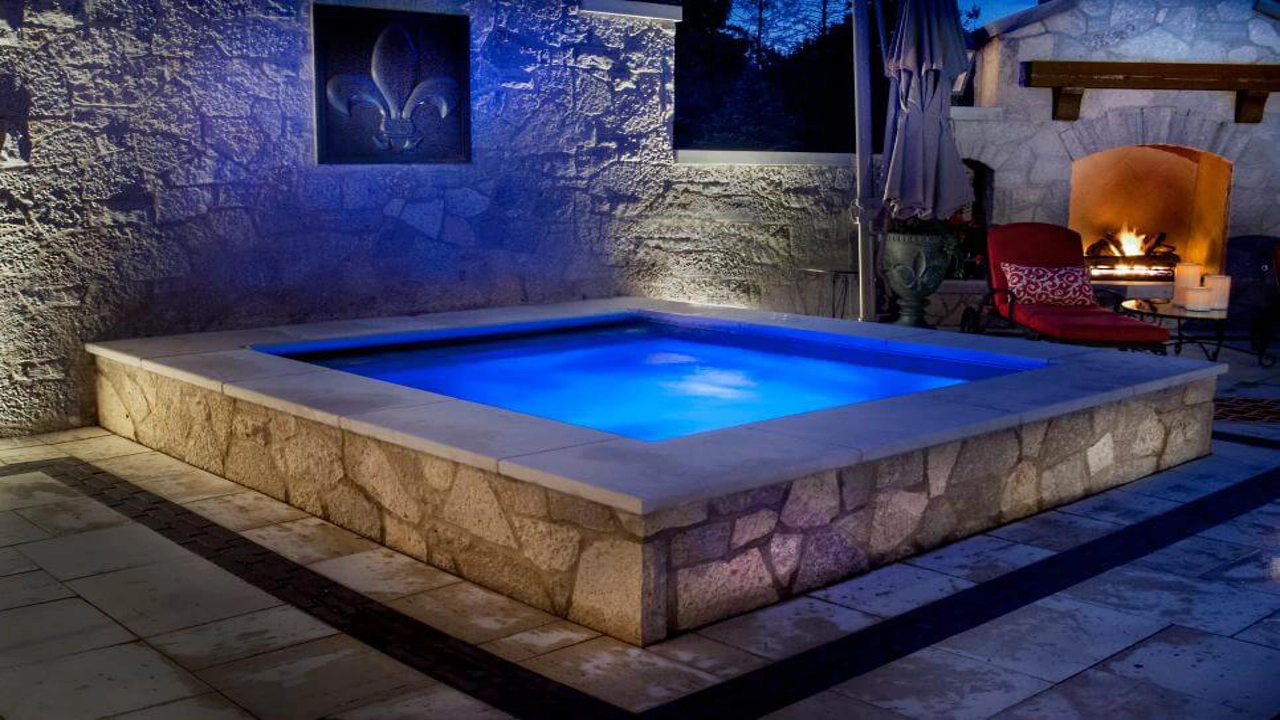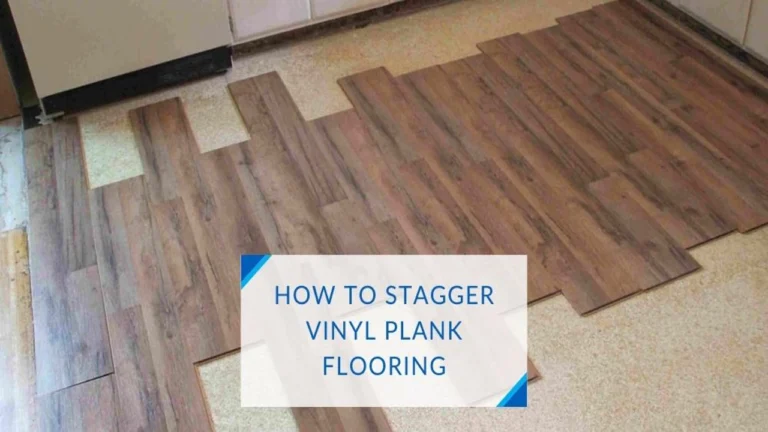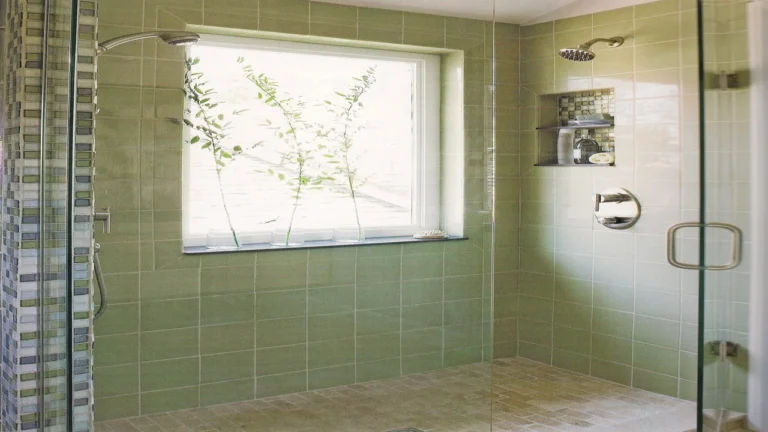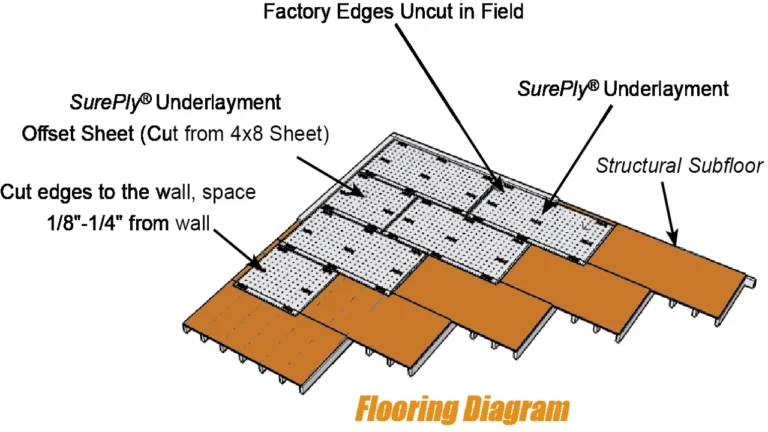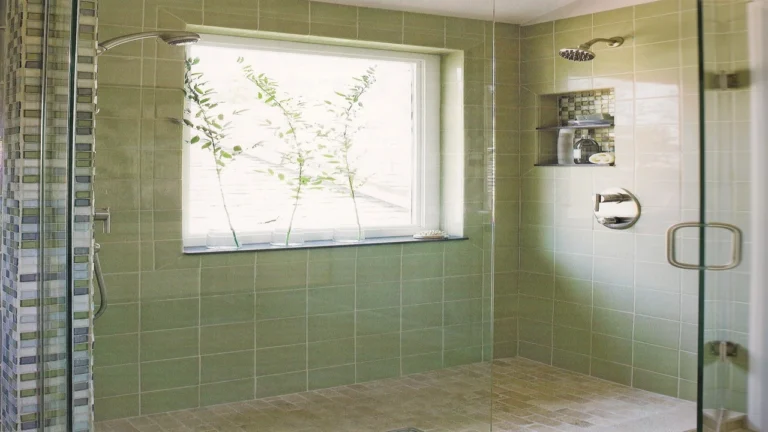Discover how much a plunge pool will cost you
How much is a plunge pool included?
The cost of a plunge pool can vary significantly depending on several factors, including size, materials, and location. Generally, a plunge pool included as part of a larger pool construction project will cost less than a stand-alone plunge pool. However, the price can also be influenced by the complexity of the design, landscaping, and other features.
When considering a plunge pool, it’s important to get quotes from multiple pool contractors to compare prices and ensure you are getting a fair deal. Don’t hesitate to ask about specific inclusions and exclusions, such as permits, excavation, and decking, to ensure you have a clear understanding of the total cost.
Diving into the Cost of a Plunge Pool
You’ve dreamt of it: a cool, refreshing dip in your own private pool after a long day. But you’re not looking for a sprawling, Olympic-sized pool. You just want something intimate, a perfect spot for a quick swim or a relaxing soak. A plunge pool could be the answer. But the question remains: how much is a plunge pool?
The answer, like most things related to home improvement, is “it depends.” The cost of a plunge pool can vary significantly depending on a number of factors, including:
- Size and shape: A smaller, simpler plunge pool will naturally be less expensive than a larger, more elaborate design. You’ll find plenty of options, from compact 8′ x 8′ pools to larger, more feature-rich designs.
- Materials: Concrete, fiberglass, and vinyl liner are common choices for plunge pool construction. Each has its own pros and cons, and its own price point.
- Location: The cost of labor and materials can vary by region.
- Additional features: Do you want a built-in waterfall, lighting, or a patio surround? Each of these elements adds to the overall cost.
- Landscaping and permitting: These costs can also factor into the final price tag.
A Plunge into Pricing: Breaking Down the Costs
So, how much can you expect to pay for a plunge pool? Here’s a general overview of costs, keeping in mind these are just estimates:
Small, prefabricated plunge pool (vinyl liner): $5,000 – $15,000
- Pros: Lower upfront cost, quicker installation, less maintenance
- Cons: May not be as durable as other materials, limited customization options
Fiberglass plunge pool: $15,000 – $30,000
- Pros: Smooth, sleek finish, long lifespan, quick installation
- Cons: Can be more expensive than vinyl liner pools, limited customization
Concrete plunge pool: $20,000 – $50,000+
- Pros: Highly durable, customizable, can be integrated into the landscape
- Cons: Most expensive option, longer installation time, requires more maintenance
These are just starting points. How much is a plunge pool for you will depend on the specific details of your project.
Factors that Can Impact Cost
Let’s delve a little deeper into some of the factors that can significantly influence the final cost of your plunge pool.
1. Size and Shape:
- Smaller pools: A smaller plunge pool, like one designed for cooling off or a quick dip, will generally be less expensive to build than a larger pool with more space for swimming laps.
- Unique shapes: A curved or freeform pool will require more skilled craftsmanship, which can drive up costs.
- Depth: A shallow plunge pool, perfect for lounging, will be more affordable than a deep one that allows for swimming.
2. Materials:
- Vinyl liner: Offers the lowest initial cost but may require more frequent replacements.
- Fiberglass: Known for its durability and low maintenance, but may not be as customizable as concrete.
- Concrete: The most customizable option, but also the most expensive.
3. Location:
- Accessibility: A plunge pool that is easily accessible to the construction crew will be less expensive to build than one that requires extensive excavation or specialized equipment.
- Labor costs: Labor costs vary by region. Areas with a higher cost of living will likely have higher construction costs.
4. Additional Features:
- Water features: A waterfall, jets, or fountains can add a luxurious touch but will also increase the overall cost.
- Lighting: Pool lighting can enhance the ambiance but comes with an additional cost.
- Deck and landscaping: A surrounding patio or landscaping can enhance the aesthetic appeal and functionality of the plunge pool but will increase the total budget.
5. Permits and Inspections:
- Building permits: The cost of obtaining permits will vary depending on your local regulations.
- Inspections: You’ll need to factor in the cost of inspections throughout the construction process.
Tips for Keeping Costs Down
If you’re on a tight budget, there are several ways to save money on your plunge pool project:
- Consider a smaller pool: A smaller pool will require less material and labor, leading to lower costs.
- Choose a simple design: A basic, rectangular shape will be less expensive to build than a complex or curved design.
- Explore prefabricated pools: Prefabricated pools can be a cost-effective option, especially if you’re looking for a smaller, simpler pool.
- Shop around for materials: Compare prices from different suppliers to find the best deals.
- Do some of the work yourself: If you’re handy, you might be able to save money by handling some of the construction tasks yourself.
Beyond Cost: Considering the Benefits
While cost is an important factor, remember that how much is a plunge pool is not the only thing to consider. Think about the value it adds to your life. A plunge pool provides:
- Year-round enjoyment: Even in cooler climates, you can enjoy a dip in a heated plunge pool.
- Increased property value: A plunge pool can enhance the value of your home.
- Improved mental and physical health: Swimming is a great form of exercise and can reduce stress.
- A private oasis: A plunge pool offers a sanctuary for relaxation and rejuvenation.
Before you start shopping for plunge pools, take the time to define your needs and budget. Consider your desired size, shape, features, and materials. Research local contractors and get multiple quotes. With careful planning and budgeting, you can create a private oasis that fits your lifestyle and budget.
plunge pool prices are you ready for the splash
The process of turning a raw idea into a tangible product is a journey that many entrepreneurs and inventors embark on. It’s a process filled with both excitement and challenges, and often, one of the first hurdles to overcome is the creation of a working prototype. A prototype serves as a tangible representation of your idea, allowing you to test its functionality, gather feedback, and refine your design before investing significant resources in full-scale production.
The Importance of Prototyping
Prototyping is crucial in the product development cycle for several reasons:
- Validation: A prototype allows you to validate your idea and assess its feasibility. You can identify potential flaws, limitations, and areas for improvement early on.
- Feedback: Prototyping provides an opportunity to gather feedback from potential customers, investors, or industry experts. Their insights can guide you in refining your product and ensuring it meets market demands.
- Investment: A well-crafted prototype can be a powerful tool for attracting investment. It demonstrates your commitment to the project and provides investors with a tangible representation of your vision.
- Risk Mitigation: By testing your idea in a prototype format, you can mitigate risks associated with full-scale production. You can identify potential challenges and adjust your design accordingly before incurring significant costs.
Types of Prototypes
There are various types of prototypes, each with its own purpose and level of detail:
- Low-fidelity prototypes: These are simple, quick, and inexpensive prototypes that focus on the core functionality and user interface of the product. They are often created using paper, sketches, or basic software tools.
- High-fidelity prototypes: These are more detailed and realistic prototypes that closely resemble the final product. They are often created using 3D printing, computer-aided design (CAD) software, or specialized prototyping tools.
- Minimum Viable Product (MVP): An MVP is a basic version of the product that is functional enough to be tested in the real world. It focuses on core features and allows you to gather early user feedback and iterate on the product.
Tips for Effective Prototyping
Here are some tips for creating effective prototypes:
- Define your goals: Clearly define what you want to achieve with your prototype. Are you testing functionality, gathering feedback, or demonstrating your concept?
- Choose the right tools: Select the right tools based on your budget, time constraints, and the level of detail required.
- Focus on user experience: Design your prototype with the user in mind. Ensure it is easy to understand and interact with.
- Test and iterate: Test your prototype rigorously and gather feedback. Use this feedback to iterate and improve your design.
Prototyping is an essential part of the product development process. By creating prototypes, you can validate your ideas, gather feedback, and mitigate risks. Remember to choose the right type of prototype for your needs, focus on user experience, and constantly iterate to improve your product.
Plunge Pool Q&A:
1. What is a plunge pool?
A plunge pool is a small, shallow pool designed for cooling off and relaxing. They are typically smaller than traditional swimming pools, ranging in size from 6 to 12 feet in diameter.
2. How much does a plunge pool cost?
The cost of a plunge pool can vary greatly depending on factors like size, materials, features, and location. Generally, you can expect to pay anywhere from $10,000 to $50,000 or more for a complete plunge pool installation.
3. What factors influence the cost of a plunge pool?
- Size and Shape: Larger pools with complex shapes will cost more.
- Materials: Concrete, fiberglass, and vinyl liner pools have varying price points.
- Features: Extras like waterfalls, lighting, and heating systems increase the price.
- Location: Labor costs and permits can differ by region.
- Landscaping: Surrounding landscaping can add to the overall cost.
4. Is a plunge pool worth the cost?
Whether a plunge pool is worth the cost depends on your individual needs and budget. They offer a more affordable and space-efficient alternative to traditional pools, perfect for those who want a quick dip without the hassle of a large pool.
5. How much space do I need for a plunge pool?
The space requirements for a plunge pool depend on its size and shape. You’ll need a minimum of about 10-15 feet of clearance around the pool for access and safety.
6. Can I install a plunge pool myself?
Installing a plunge pool yourself is possible for some DIY-enthusiasts, but it can be challenging. Hiring a professional contractor is usually recommended for proper installation and safety.
7. What are the advantages of a plunge pool?
- Lower cost compared to traditional pools.
- Smaller footprint, perfect for smaller yards.
- Less maintenance than a full-sized pool.
- Faster heating due to smaller water volume.
- Excellent for cooling off and relaxing.
8. Are plunge pools good for swimming?
Plunge pools are not ideal for swimming laps, but they are great for cooling off, soaking, and relaxing.
9. What are the disadvantages of a plunge pool?
- Limited space for swimming.
- Not suitable for large families.
- May not be as aesthetically pleasing as a traditional pool.
10. Can I get a plunge pool on a budget?
Yes, you can find more budget-friendly plunge pool options by choosing smaller sizes, simpler designs, and less expensive materials. You can also consider prefabricated plunge pools for a quicker and potentially cheaper installation.
Conclusion
As you’ve seen, the cost of a plunge pool can vary significantly depending on factors like size, materials, and location. Ultimately, the price is a reflection of your desired features and budget. Remember, a plunge pool is an investment in your relaxation and well-being, so choose wisely and enjoy the benefits for years to come.
What are your thoughts on plunge pools? Have you considered adding one to your backyard? Share your experiences and questions in the comments below! And don’t forget to share this post with your friends who might be interested in creating their own personal oasis. Let’s dive into the world of plunge pools together!

